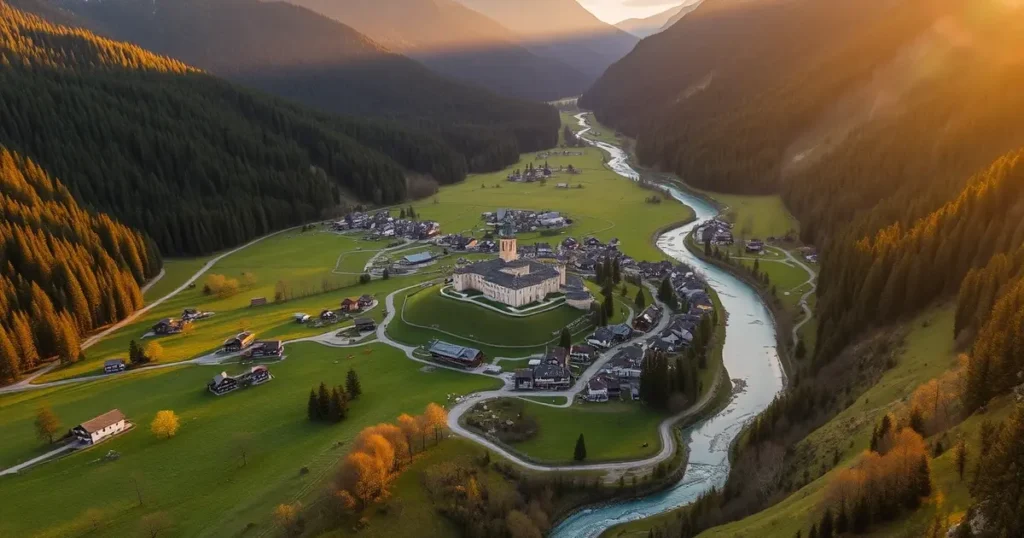While millions visit Zermatt and Lucerne, the remote Val Müstair in Switzerland’s easternmost corner offers a different experience. This pristine alpine valley, a UNESCO Biosphere Reserve, showcases Switzerland’s commitment to sustainability and cultural preservation.
Cultural Crossroads
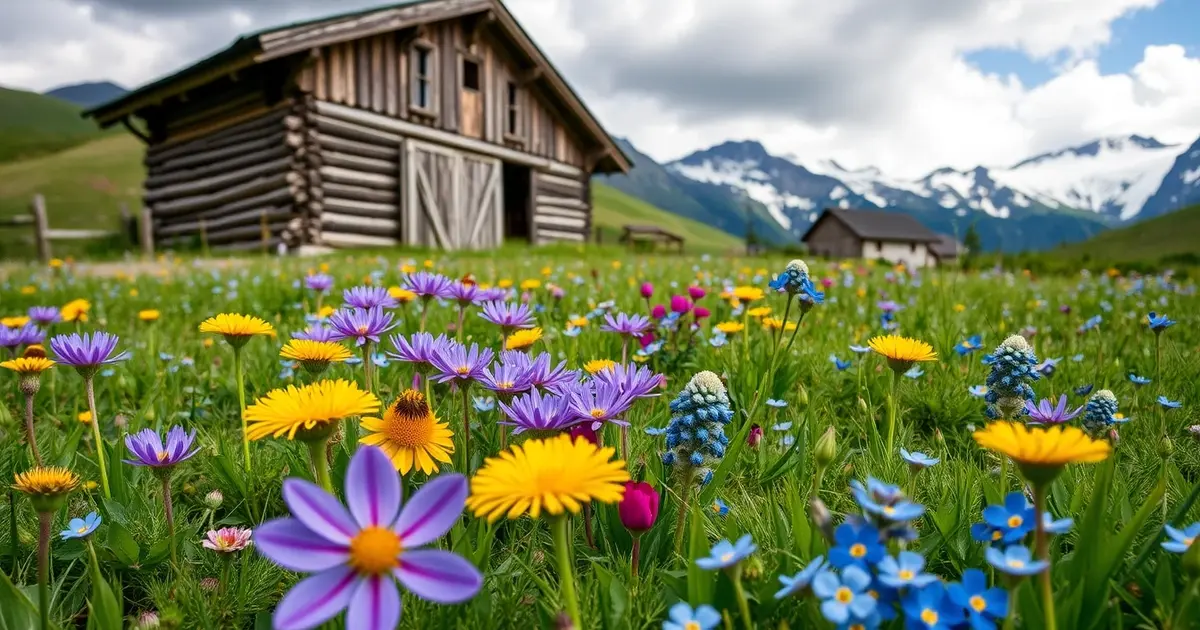
Unique Geography
Val Müstair sits at the intersection of cultures and ecosystems. Located against the Italian border within Switzerland’s only national park, the valley connects the Central Alps with the Dolomites. This location has created a unique blend of Swiss, Italian, and Romansh influences.
Living Language
The valley’s isolation—accessible only via mountain passes that close in winter—has preserved both nature and traditions. Romansh, Switzerland’s fourth national language with only 60,000 speakers, thrives here. Street signs, menus, and daily conversations feature this ancient Latin-derived language.
Rich Biodiversity
This isolation protects extraordinary biodiversity. The transition between alpine and Mediterranean climates creates diverse habitats supporting over 2,300 plant species—more than half of all plants found in Switzerland. Alpine meadows burst with wildflowers, while stone pine forests shelter golden eagles, bearded vultures, and European lynx.
Monastery of St. John
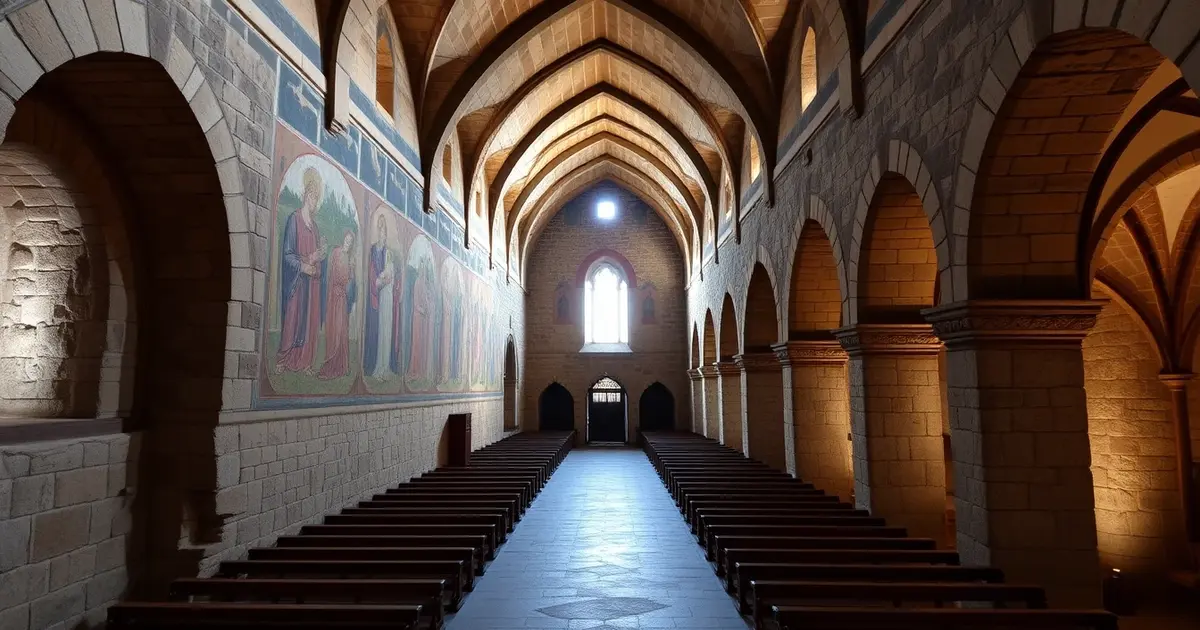
Medieval Treasure
At Val Müstair’s heart stands the Benedictine Monastery of St. John. Founded around 775 CE by Charlemagne, this preserved monastic complex contains the world’s most important cycle of Carolingian frescoes, earning UNESCO World Heritage status. These ninth-century paintings offer a rare glimpse into early medieval European art.
Living Tradition
Unlike many historical sites that function as museums, the monastery maintains its spiritual tradition. A small community of Benedictine nuns continues practices established over a millennium ago. This creates an atmosphere of authentic spirituality that visitors sense immediately.
Cultural Context
The monastery tour emphasizes cultural context rather than just artistic appreciation. Guides explain how it served as a center for learning, agriculture, and healthcare. This helps visitors understand the monastery as an integral part of the valley’s social fabric throughout history.
Alpine Traditions
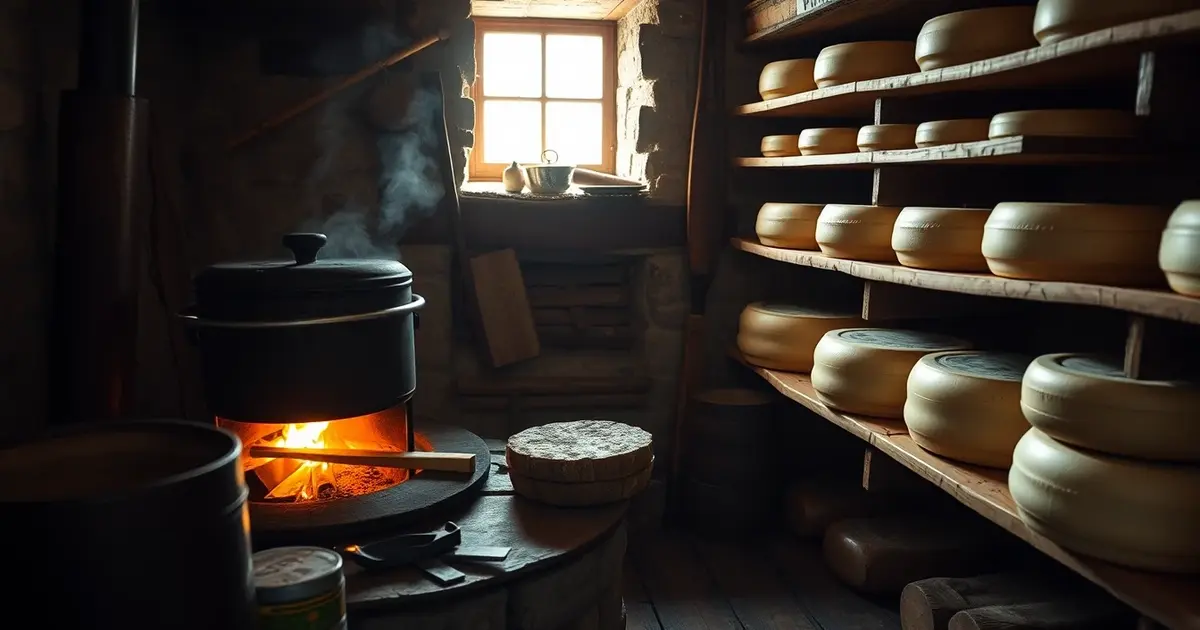
Traditional Farming
Val Müstair’s landscape has been shaped by centuries of alpine farming that maintains both biodiversity and cultural heritage. The valley’s agricultural system involves moving livestock between valley floors and high pastures, creating a mosaic landscape of meadows, forests, and grazing lands.
Mountain Cheese
During summer, farmers move dairy cows to alpine pastures where they graze on diverse mountain herbs. This practice, called “l’alp,” produces distinctive dairy products while maintaining meadow biodiversity. The valley’s renowned mountain cheese captures flavors impossible to replicate through industrial methods.
Hands-On Experiences
The Biosfera Val Müstair initiative offers programs for visitors to experience these traditions firsthand. The “Alpine Summer” program lets guests spend a day with local farmers, participating in milking, cheese-making, and other activities. These are genuine working farms, not tourist shows.
Historic Hiking Trails

Via Engiadina
The Via Engiadina hiking trail offers an immersive way to experience Val Müstair. This path traverses the entire valley, connecting historic villages while passing through diverse ecosystems. Unlike famous Swiss trails often crowded with tourists, the Via Engiadina remains relatively undiscovered.
Eastern Route
The trail’s eastern section connects the villages of Santa Maria, Valchava, and Müstair. This gentle route follows ancient pathways once used for trade between valley communities. Stone bridges cross mountain streams, while wayside shrines mark traditional resting places.
Alpine Adventure
For more adventurous hikers, the western section climbs toward the Swiss National Park, offering spectacular alpine scenery and wildlife viewing. The route passes traditional “alp” structures—simple stone buildings used during summer grazing—some now restored as basic overnight accommodation.
Sustainable Tourism
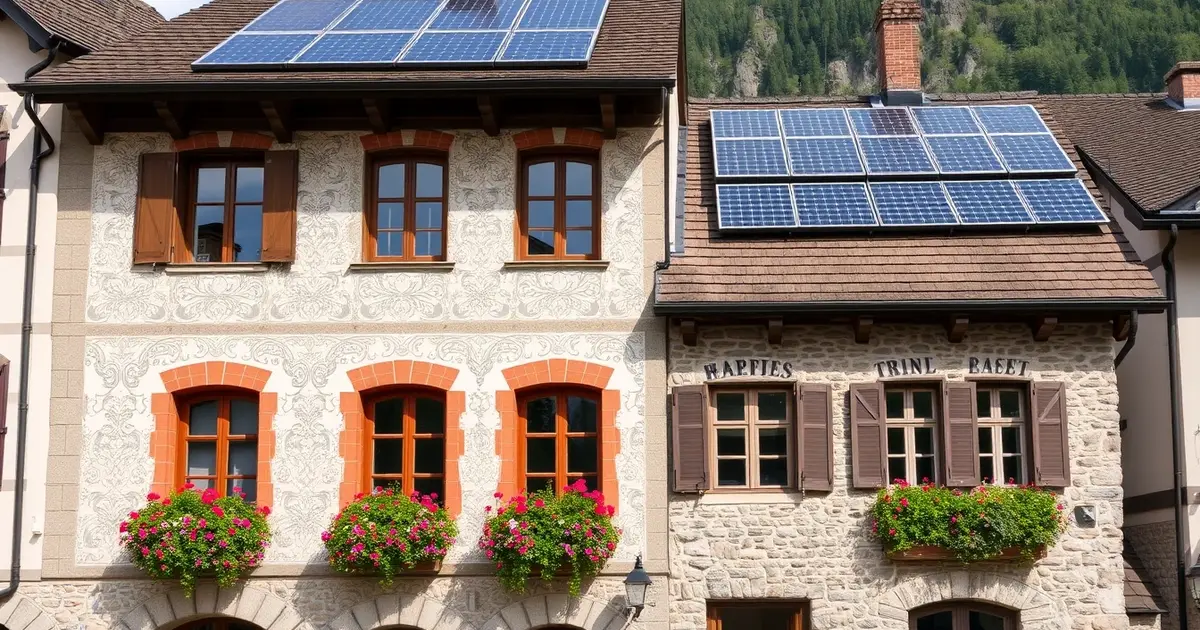
Quality Over Quantity
Val Müstair’s approach to tourism offers an alternative to mass tourism affecting many Alpine regions. The Biosfera Val Müstair organization has developed a model prioritizing quality over quantity, seeking visitors interested in genuine engagement with local culture.
Heritage Accommodations
The historic Hotel Chasa de Capol in Santa Maria exemplifies this approach. Housed in a 17th-century building with restored original features, it offers authentic heritage accommodation with modern sustainability practices. Solar panels provide hot water, local wood heats the building, and the restaurant serves products from nearby farms.
Authentic Experiences
The valley maintains authentic cultural experiences rather than contrived attractions. Local festivals welcome visitors but remain primarily community events. This authenticity creates meaningful experiences while preserving the cultural integrity that makes the valley special.
For travelers interested in similar European destinations, explore our article on Cévennes National Park in France, another UNESCO-protected landscape.
Address Book:
•Biosfera Val Müstair Visitor Center: Chasa dal Parc, 7532 Tschierv
•Benedictine Monastery of St. John: 7537 Müstair (UNESCO World Heritage Site)
•Hotel Chasa de Capol: Plaz da Scoula 57, 7536 Santa Maria Val Müstair
•Alpine Dairy Cooperative: 7532 Tschierv (cheese tasting experiences)

